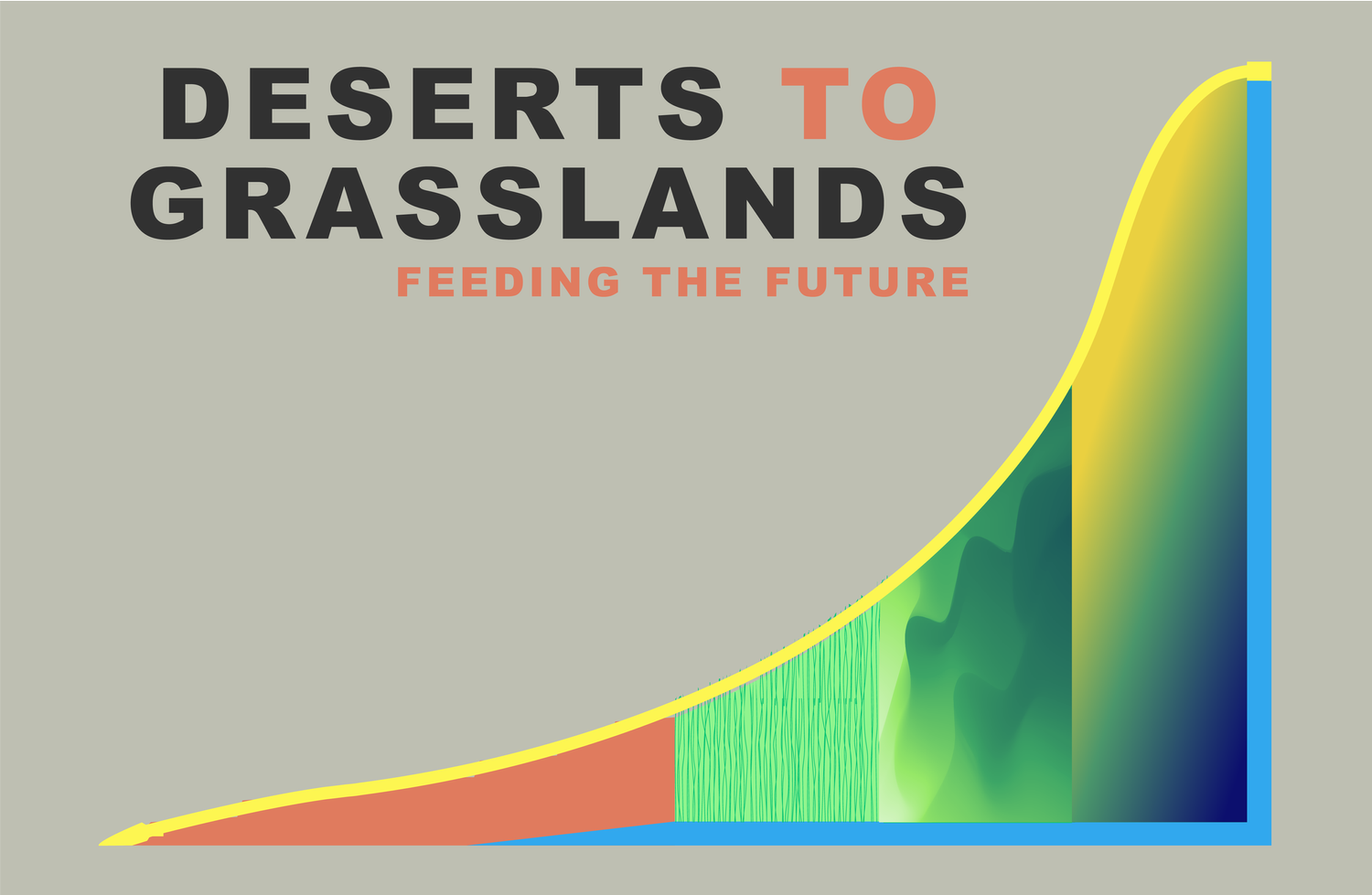DESERT TO GRASSLAND, FEEDING THE FUTURE
Melbourne, Florida, United States
Deserts to Grassland, Feeding the Future is an XPRIZE team which has gone far beyond the realm of mere Carbon sequestration and has in fact proposed an idea to halt and reverse global desertification to reverse the human caused damage to the worlds ecosystems since before written records existed. Humankind has been the most destructive living force on the planet since we first learned how to use the tool of FIRE. We have succeeded in turning 2/3rds of the planet into a manmade desert.
However, since 1945 and the first atomic bombs humans no longer have the option of destroying their ecosystem and then conquering others to take their resources. Atomic warfare being a war no group wins. As such all humans globally have to now live within their means and their boundaries and repair the deserts created by our ancestors. We have a sad situation though where our ancestral shared knowledge only knows how to kill, destroy, harvest and move on. We have little experience in how to think holistically about what the future must look like socially, economically and environmentally for our great grandchildren to be living a high quality of life based on abundance not based on the traditional conflict over diminishing resources. Our project is to turn hundreds of thousands to millions of acres of current desert back into functioning low rainfall grassland ecosystems, in the process sequestering massive amounts of atmospheric CO2 into the soil in the form of soil organic matter and LIFE. Our motto is, "Life Begets Life, more Life Begets more Life." Each decision we make must be to encourage life and life's complexity, not to simplify and kill life. We start this process by using what we call a Biological Carpet to in effect jumpstart the life cycles again in the harsh man-made deserts. This Biological Carpet is brewed in the 4 stomachs of a large herd of Neats, much like an IPA beer is brewed. Then it is spread on the desert sands and trampled in to bind with the sand, fungi and seeds and await the first rains. It locks up the sand preventing dust storms, and soil erosion and acts like a giant sponge to trap and hold the rains and dew when they fall. This allows seeds to germinate and grow much like the seeds on your favorite TV advert Chia Pet. We then allow the grass to grow which uses the process of photosynthesis which we learned about in school to trap CO2 from the air, and with the aid of sunlight turn it into Carbon and store it in the roots. A grass plant has as much of the plant above ground as below ground so this carbon stored underground is safely stored there for hundreds of years as long as we continue to carefully plan the grazing of the animals grazing the grass. This creates jobs and habitat for all manner of people and animals. Biomass and biodiversity the amount and number of species all increase. This is we believe the most important project to offer hope to our future generations and to reverse the current trends of rising populations relying on diminishing resources.



